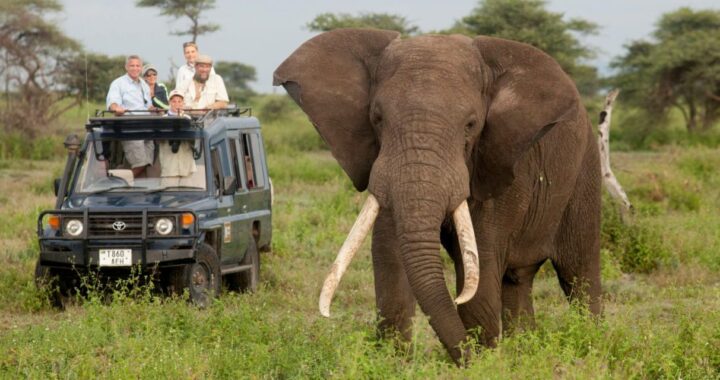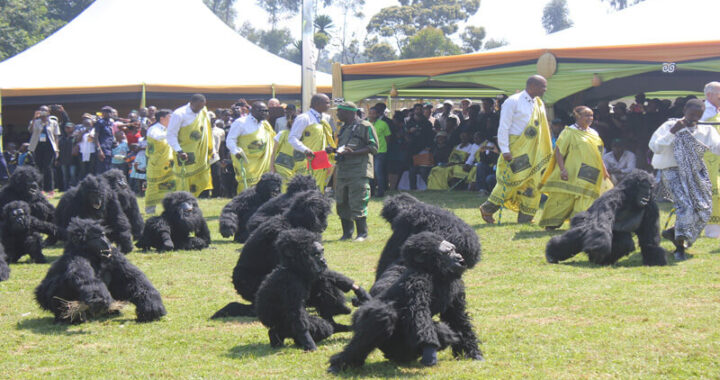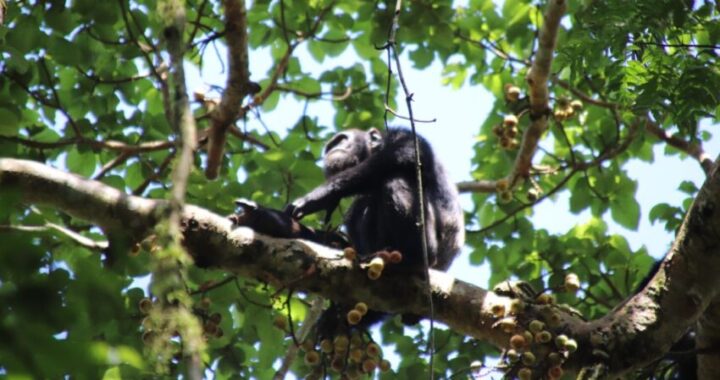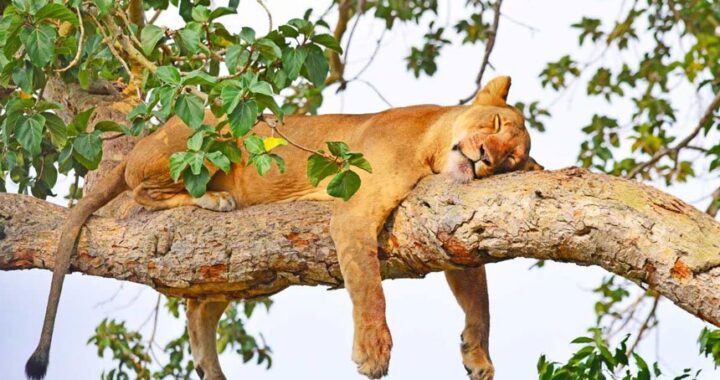Just like in other parts of the world, best off-season safari experiences are in both wet and dry seasons. The changes in weather, slight or big, must influence vegetation growth and wildlife behavior. Both in the tropical rainforests and savanna areas, the animals will migrate, breed and reproduce accordingly.
The dry season
Much of the dry spell in East Africa happens between December to February and June to September. Generally, this is the best time for game viewing in Kenya and Tanzania as well as for gorilla trekking in Uganda and Rwanda.
Due to too much sunshine and little rainfall, the savanna vegetation becomes less and in some areas water sources dry out. As a result, large mammals including elephants, buffaloes, giraffes and wildebeests tend to stay around permanent waterholes. In particular, the wildebeest migration in Serengeti National Park and Maasai Mara National Reserve takes place in the dry season as the animals migrate in search for new water sources and fresh pasture.
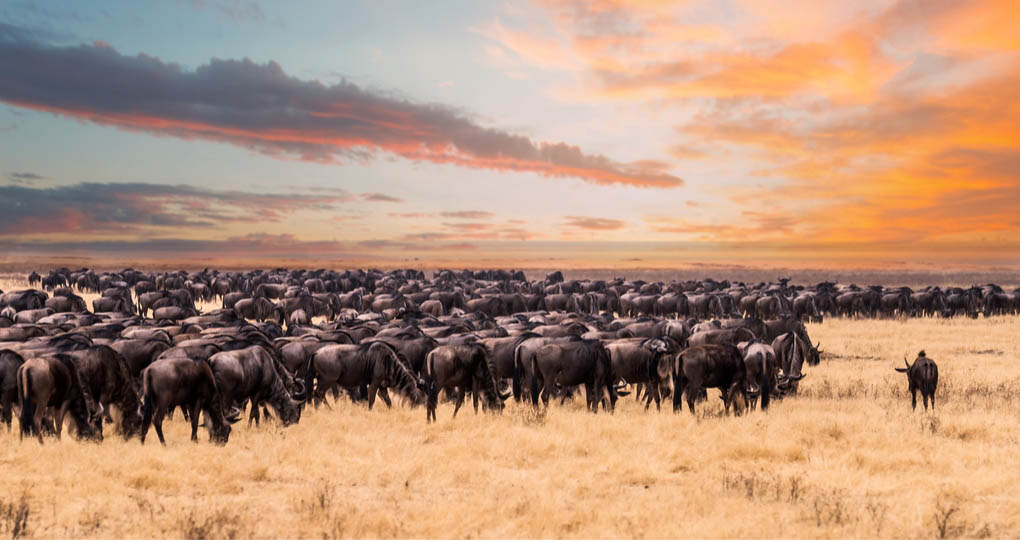
Contrary, the dry season in the tropical forests, which are home to several primate species including mountain gorillas, chimpanzees and golden monkeys, causes specific plants that the primates feed on to shrink. Therefore, the primates will tend to move deeper into the forests to look for fresh foliage. While this can prolong the time it takes to search and locate gorillas for instance in Bwindi Impenetrable National Park, hiking in the dry forest trails becomes much easier.
The dry season is characterised by varying day and temperatures, heat and dust. For instance, in Serengeti and Maasai Mara National Parks, temperatures can reach 25°C during the day and fall to 14°C at night. The hotness will increase to 31°C and drop to 17°C in northern semi-arid Kenya safari destinations including Samburu National Reserve. The same applies to Kidepo Valley National Park in northeast Uganda.
The Shoulder Season
According to Tripsavvy, the term “shoulder season” typically refers to the time between a destination’s high and low seasons. This can be a great time to travel to East Africa for those intending to avoid heavy rains and dry weather.
The wet season
The wet season in East Africa is characterised by heavy rains from March to May and between October and November. Sometimes the heavy rains can cause flash floods and lots of mud. For that reason, driving on muddy roads tends to be so challenging and requires use of 4×4 vehicles.
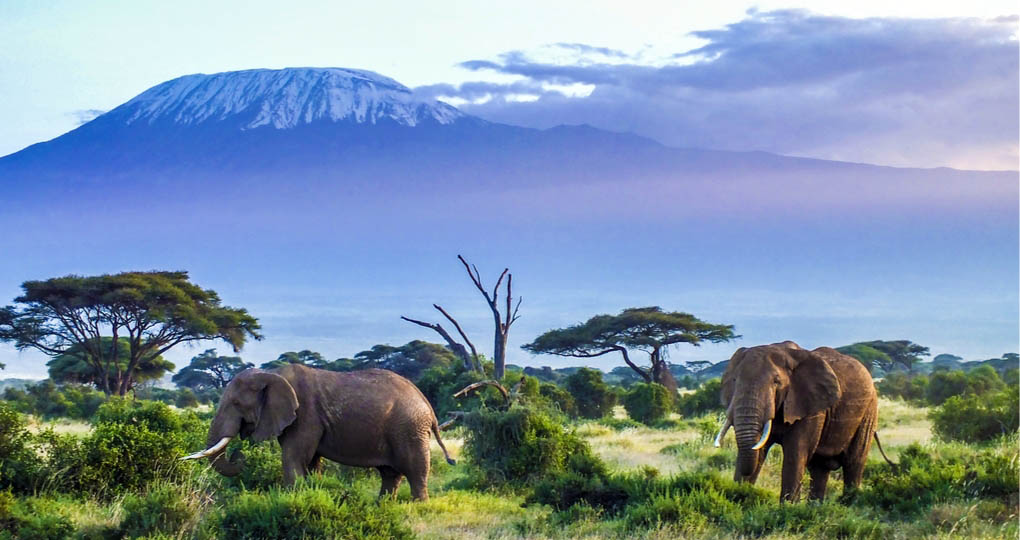
Most people tend to avoid traveling due to such conditions. But, those that do can reap many benefits. Given that the high season attracts huge crowds of travellers, it is rather contrary in the wet season. During the off season, the same destinations will receive low visitor numbers. So, the tour operators and accommodation providers tend to offer discounts. Chances are high that there are low-cost safaris. Not only that, wildlife viewing can be good too in some destinations. Those intending to plan an off-season safari in East Africa, here are some of the benefits, and important tips to give you courage.
Advantages of traveling in the off-season
Those intending to travel solo, in groups or with children, the off-season offers several benefits. The most obvious being to escape crowds, obtain low-cost safaris, spot baby animals and enjoy the green landscape.
Amazing game viewing including sighting newborn animals
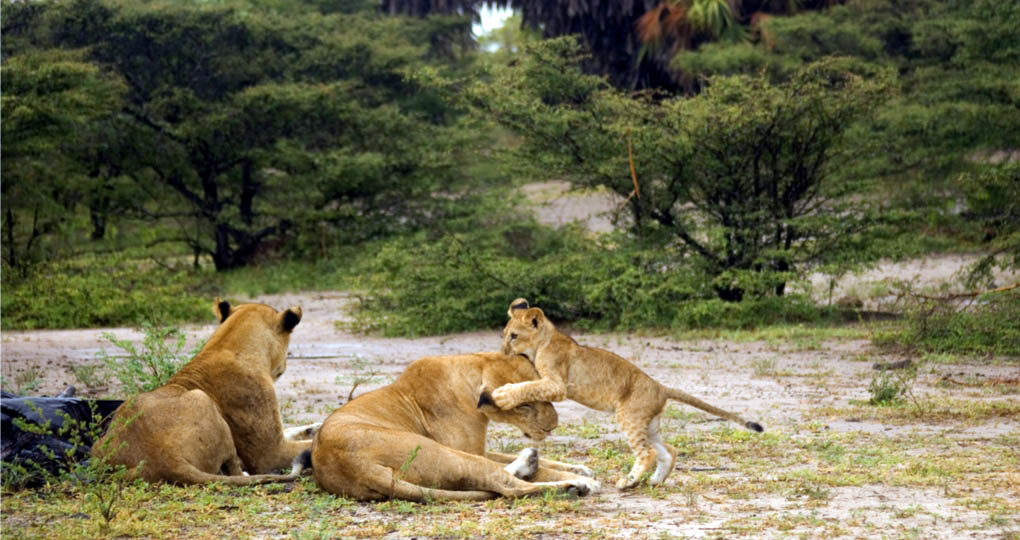
In Kenya and Tanzania, the low season occurs during March to June and October to December. During this time, it’s still possible to see the wildebeest migration, Big Five and flamingos given that game viewing happens all year round. This can differ from park to park and the animals might not be seen in huge concentrations. Thus, the key is to plan to visit specific areas such as southern Serengeti plains for the wildebeest calving experience. Furthermore, most mammals are also giving birth which provides high chances to spot baby animals.
Wonderful time for bird watching
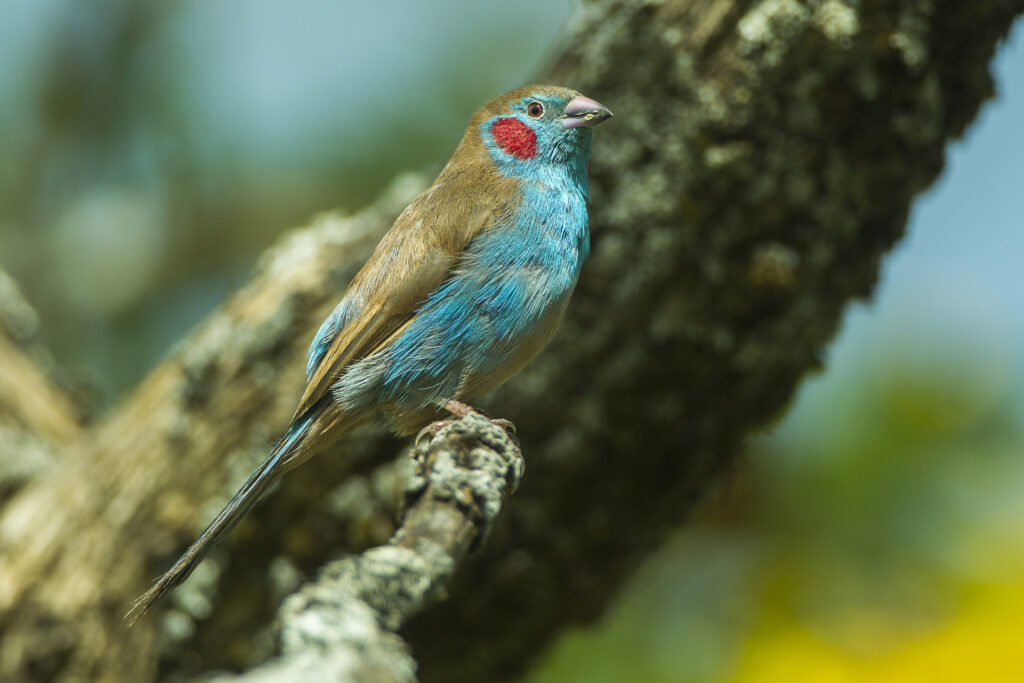
You’ve probably heard the saying that birds migrate south for the winter. The low season in East Africa, March and September attracts Palearctic migrants including raptors, terns, storks, geese, gulls and ducks. The species migrate from north to southern hemisphere where the rains and green vegetation provide lots of food such as insects. Intra- Africa migrants such as the blue swallow can be spotted in Uganda’s Mabamba wetland which is famous for the shoebill stork in Entebbe on the shores of Lake Victoria.
Gorilla treks are usually shorter and adventurous
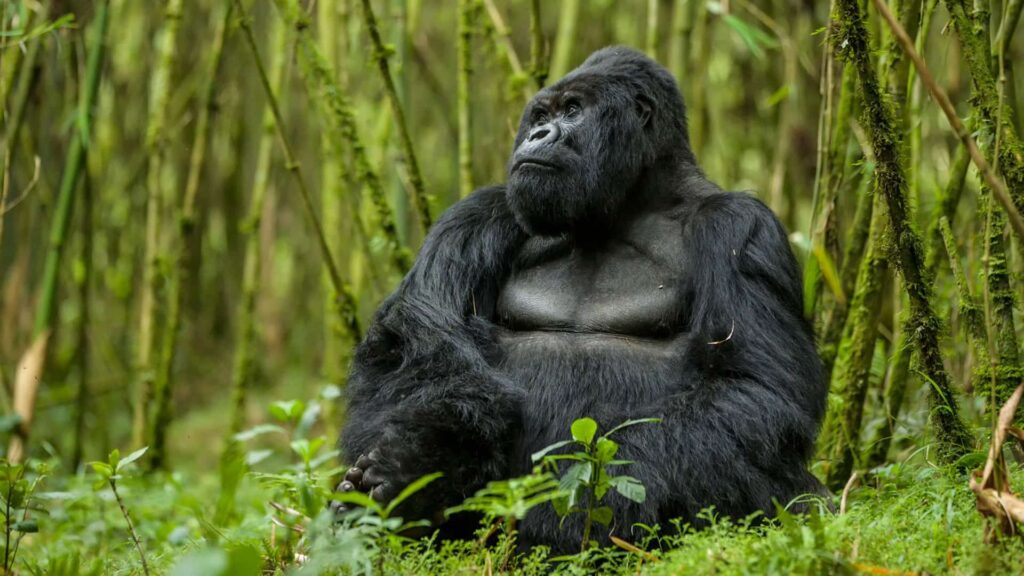
The rainy season comes with growth of fresh vegetation and abundance of food for wildlife. Particularly, the mountain gorillas tend to stay in one area for feeding. Even if they move, they’re likely to stay closer to the park boundary. This has almost become a norm that gorilla treks during low season in Rwanda and Uganda tend to be shorter. However, the heavy rains make hiking trails slippery and muddy making the whole gorilla trekking experience more adventurous especially in Bwindi Impenetrable national park. The encounter is a little bit different in the Virunga Mountains in parks like Volcanoes national park and Mgahinga since their bamboo vegetation has little undergrowth.
Discounted gorilla permits in Rwanda
Rwanda usually reduces the price of a gorilla permit in the off-season to as low as $500 for Africans and foreign residents in East Africa and $200 for East African citizens. This is a huge incentive given that the same permit is sold at $1,500 in the peak season. Permits are available for booking through Rwanda Development Board (RDB) or tour operators. This promotion has been running since the outbreak of Covid-19 and is always updated every year, so be sure to check for any discounts in 2023 Rwanda gorilla safaris.
Low-cost safaris & lodging with no need to book in advance
Due to low visitor numbers, most lodges will offer discounted rates to increase occupancy. In the end, the overall cost of safari will reduce even for luxury safaris. The greatest advantage is being able to get last minute bookings. In other words, the low season is the best time to plan an affordable East African safari.
Scenic natural beauty for photography
The transition of vegetation during the wet season into a green landscape might be the best time to visit for photography. There’s less dust and the clouds can create spectacular skies. Wildlife photographers can take on the opportunity to photograph newborns.
Tips and guidelines to off-season travellers
A lot of rainfall often causes splash floods which can make driving on dirt roads to remote national parks challenging. For instance, the road to Uganda’s Kidepo Valley National Park requires having 4×4 vehicles. Booking with a trusted tour operator will guarantee you get trained guides and proper equipment to see you through your safari.
Pack some extra items given that the weather is unpredictable. This must depend on the destination and the activities you’re planning to do. For off-season gorilla trekking in Uganda, Rwanda or Democratic Republic of Congo, you need rain jackets, waterproof gaiters or high knee hiking boots. Ensure to bring the right gears when you intend to do hiking in the Rwenzoris, Mount Kilimanjaro or Mount Kenya. Having extra items doesn’t only apply for mountain or primate trekking but as well for game drive safaris. In savanna national parks whether in Uganda, Rwanda, Kenya and Tanzania, chances are high that there might be morning mist, too much wind or light rains. Some game drive tracks might be so challenging that you may have to step out of the car.
Where to go for off-season safari in East Africa
Uganda – best for gorillas and chimpanzees
According to Winston Churchill’s findings in his book “My African Journey,” Uganda is one of the culturally and biologically diverse nations in Africa. There are over 56 indigenous tribes, over 1,060 species of birds (11% of Africa’s birds), tree climbing lions and half of the world’s mountain gorilla population in Bwindi Impenetrable Forest National Park.
The 10 national parks and 13 wildlife reserves encompass diverse habitats and landscapes including snow-capped Rwenzori Mountains, Virunga volcanoes, savannas and tropical forests. Particularly, Kibale alone is famous for harboring 13 primate species including chimpanzees, gray cheeked mangabeys, blue monkeys, Demidoff’s potto, black and white colobus monkeys.
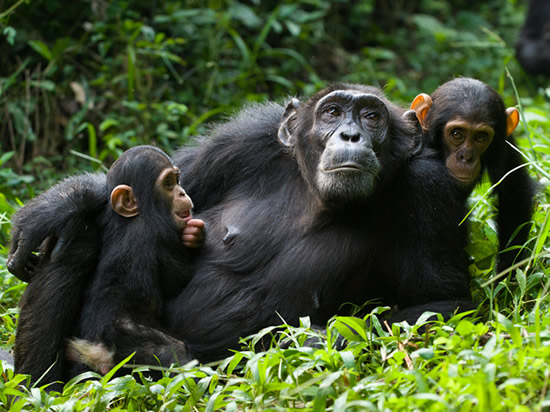
Uganda offers a wide range of affordable African safaris including gorilla game viewing by boat cruise safaris, cultural tours, white water rafting, mountain climbing, butterfly watching, birding and spot fishing. Furthermore, there are plenty of opportunities for keen wildlife photographers and nature lovers. The best time to visit Uganda is the dry season during December to February and June to September.
However, due to her location across the equator, the weather stays warm and cool all year round even during the low season in the months of April to May and October to November. Most of the Uganda safaris take place in the western region with 8 of the 10 protected areas. Among these are Bwindi and Mgahinga gorilla parks and the 4 of 5 savanna parks including Toro-Semliki Wildlife Reserve, Queen Elizabeth, Murchison Falls and Lake Mburo National Parks.
The north east side known as Karamoja has a semi-arid climate and the huge Narus valley and the rugged volcanic mountain ranges become green and spectacular during the low season. The main destinations in the region include Kidepo Valley and Pian Upe Wildlife Reserve — the second largest protected area of Uganda. Both of these are the only places to see cheetahs and ostriches in Uganda.
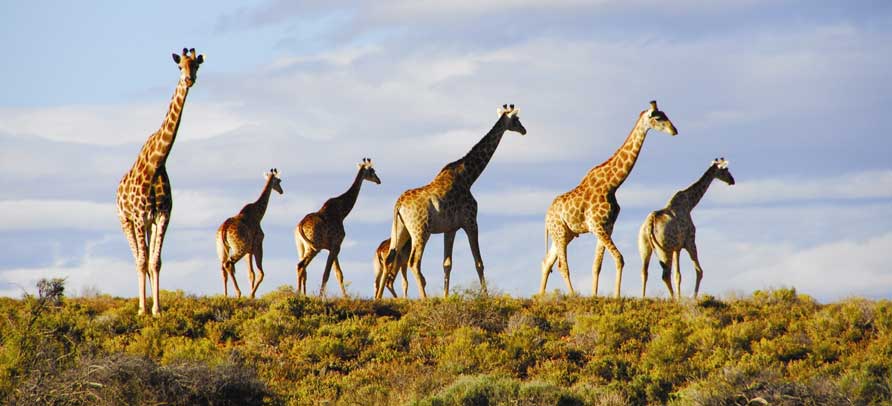
Most of the wildlife species are hard to find in other parts of the country including roan antelope, white-eared kobs, Aardwolf and black-backed jackal. Furthermore, the central region contains Kampala capital city and Entebbe airport. Likely, your safari will begin or end there with opportunities for day trips including white water rafting and visiting the source of the Nile River in Jinja. Entebbe town lies along the northern shores of Lake Victoria with access to Ssesse islands and the chimp sanctuary at Ngamba islands.
Kenya Off- season safari
Kenya has a good infrastructural network which makes accessibility to her great wildlife destinations easier from the capital Nairobi and Mombasa port. The best time to visit is during the peak season (July to October) when you are assured of seeing the great migration of wildebeest crossing the Mara River in Masai Mara National Reserve.
If you don’t want to miss the great migration but want to avoid crowds, the option would be to add into your itinerary the northern lesser known Laikipia plains, Mount Kenya or Samburu National Parks. These places receive fewer people even during the peak season and there are private wildlife conservancies including Ol Pejeta and Lewa Wilderness that offer unique activities such as camel riding and tracking elephants on foot with a ranger.
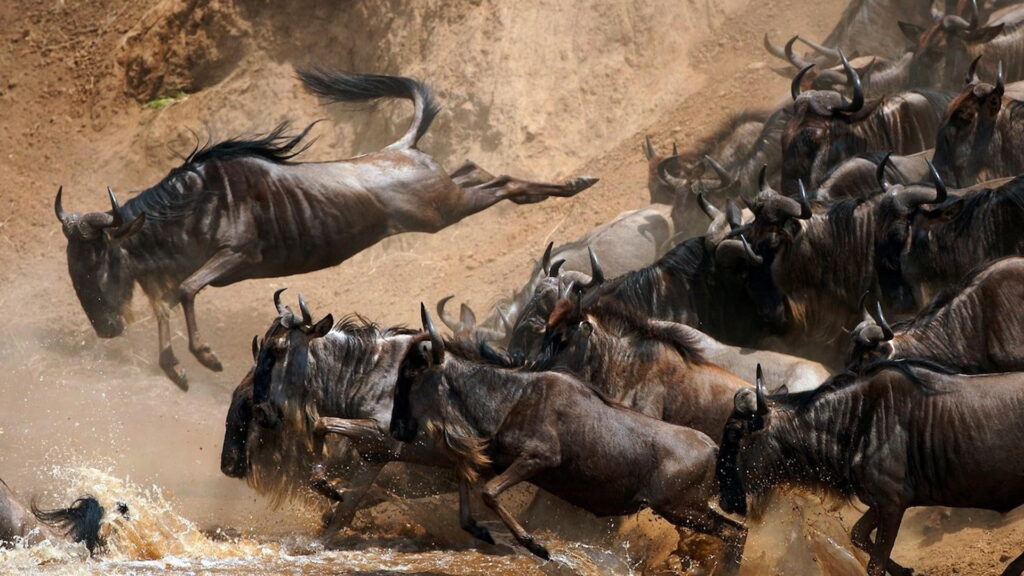
However, visiting Kenya during the off-season is a good choice. You can avoid the wettest month of April and instead travel during the short rains in March, May to June and November to December. The visitor numbers are low and the safari lodges in top destinations including Amboseli, Lake Nakuru and Tsavo National Parks tend to offer discounted rates.
Furthermore, the low season in Kenya coincides well with that in Uganda and Rwanda which provides opportunity for combined east Africa safaris. Travel to both of the countries is possible with the East African tourist visa available for booking through the web portal of the country you intend to start your trip from. Kenya wildlife safari together with the holiday in Mombasa, Lamu islands or Diani beach provide the best of Africa experience. You can meet Kenyans everywhere on the tour but the Maasai should be of particular interest.
Tanzania safaris
Tanzania hosts some of the world’s natural wonders including Mount Kilimanjaro (Africa’s highest mountain), Ngorongoro Crater (the world’s largest unflooded caldera) and the Serengeti National Park. Both of these protected areas are home to a multitude of wild animals including Big 5 mammals, wildebeest migration as well as endangered species such as African wild dogs and cheetahs.
In addition to wildlife, Tanzania is home to the tropical Zanzibar islands with some of Africa’s best beach destinations. Stone town capital city can be reached by 3-hour ferry from Dar es Salaam, the country’s largest commercial port. Visitors can also get there through Abeid Amani Karume International airport which is 5km outside the city.
When coming to Tanzania for safari, you can fly into Kilimanjaro international airport in the north east. This provides easy accessibility to the main destinations including Ngorongoro Crater, Serengeti, Tarangire and Lake Manyara, Mount Kilimanjaro national parks. To the east of Kili airport is the Arusha town airport for domestic air travel.

Starting in Arusha offers better access to the parks because Tarangire or Lake Manyara alone are 127 sq.km (2-hour drive). Tanzania’s off season happens in January to March and November to December. This is when you can see the wildebeest birthing season in the southern Serengeti plains as well as the rutting / mating in the Grumeti reserve.
Expect both hot and wet weather due to rains. The golden savanna plains become green and breathtaking. This park is surrounded by indigenous communities including the Maasai (Nilotic speaking semi-nomadic pastoralists) and the Kuria (Bantu speaking cultivators).
The government of Tanzania recently has been encouraging them to adapt to modern ways of living including attending school and sustainable farming. However, both of these tribes are keen at preserving their traditions through tourism that empowers them to preserve their arts and crafts. Whilst in Serengeti, you can visit the local Maasai villages and explore their rich cultural heritage and probably take their arts and crafts as souvenirs.

